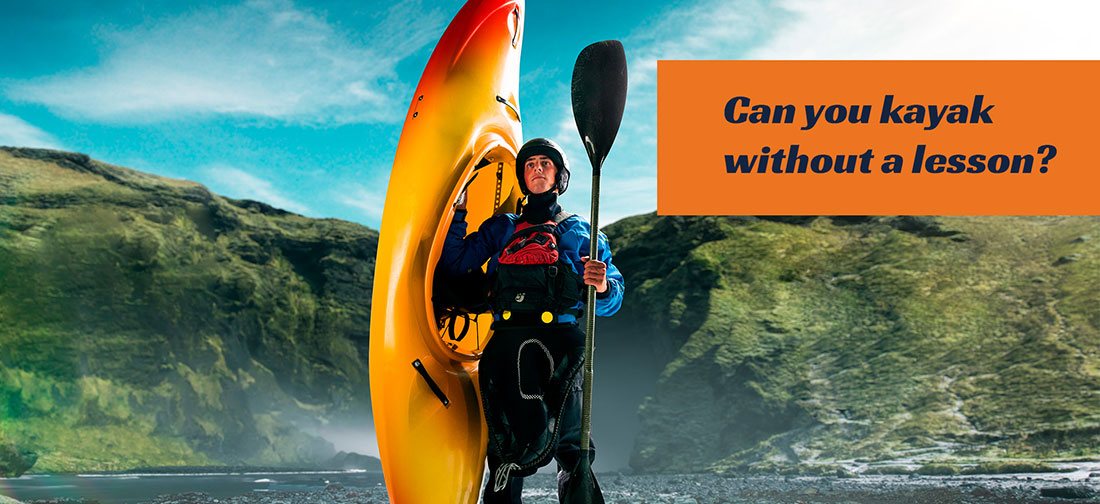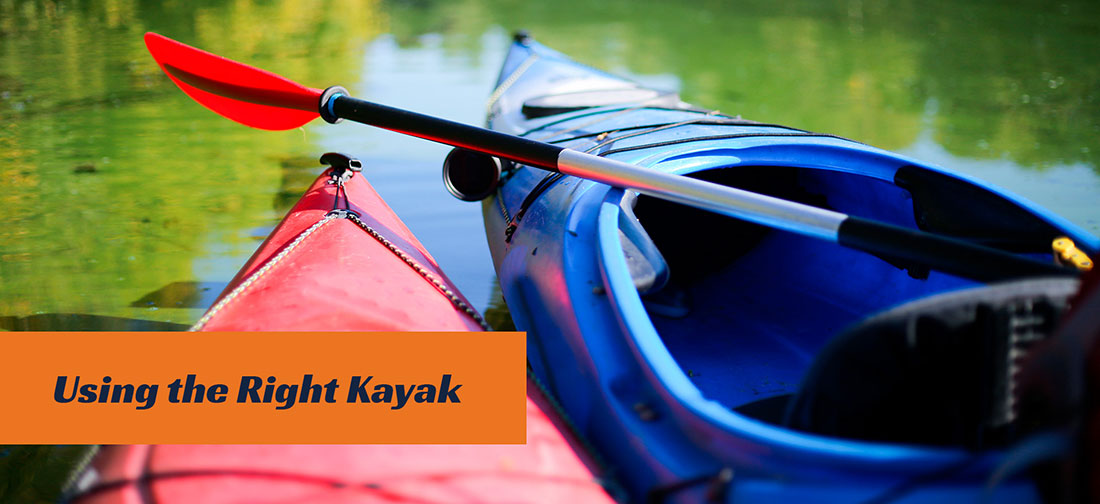Can you kayak without a lesson?
Posted on: December 20th, 2022
If you are thinking about taking up kayaking, you may be wondering if it’s really necessary to take lessons. Although it is possible to get in the boat and paddle around, taking lessons will make you safer, more confident, and happier out on the water.
What are the Benefits of Kayaking Lessons?
If you’re considering signing up for Las Vegas kayak tours, it is a good idea to take kayaking lessons first. Here are some of the main benefits of kayaking lessons:
Build strength and endurance Learn the correct paddling technique Respond to adverse situations Enjoy your time on the water
Contrary to what many people think, kayaking is not just an upper-body activity. Instead, it uses muscles from head to toe. To get in shape for kayaking in Vegas, experienced paddlers are diligent about regularly exercising all the muscles they use on the water. An experienced kayaking guide can help you create a workout plan with strength training and endurance activities so that you can kayak with less effort and travel longer distances.
Although paddling a Las Vegas kayak may look easy, there are different strokes to learn and ways to hold the paddle so that you paddle more efficiently and don’t get fatigued quickly. The forward and reverse strokes are two of the most common for paddling a kayak, and it’s a good idea to learn these two strokes at a minimum. Using more advanced strokes, you can also learn to maneuver your boat to the sides. Smaller kayak paddles are ideal for beginners to avoid getting tired quickly.
Can you kayak without a lesson?
Knowing basic kayaking skills will make your Las Vegas kayak outing easier and more enjoyable, from getting into the boat to exiting your kayak and everything in between. When you learn to kayak, you will learn how to safely enter the boat from the shore and water, which helps tremendously if you capsize or get out of the boat during a tour, such as when you stop to swim or spend time on the beach.
Although you won’t be navigating Class V rapids on an Emerald Cave kayak tour with Blazin’ Paddles, or any other kayak tour for that matter, it doesn’t hurt to learn basic safety techniques for safer kayaking on the Colorado River. At the least, you should know how to get back into the kayak if you capsize. There are more advanced kayaking rescue techniques beginners can learn in lessons, too, such as an Eskimo roll, which involves righting the kayak after capsizing while staying in the boat.
A kayaking instructor can also tell you more about the safety equipment you should have on hand, including a whistle, lights (even if you don’t intend on kayaking outside daylight hours), and layers. It’s also a good idea to bring along waterproof bags to store your essential electronic and non-waterproof items like a cell phone and flashlight. A kayaking instructor can provide guidance about the safety items you should have when you’re kayaking alone and the items you should bring along when you are traveling with a group.
Avoid Bad Habits
While you can theoretically teach yourself the basics of kayaking without taking lessons, you run the risk of developing bad habits. People who try to teach themselves to kayak can, quite literally, find that they are paddling in circles when they first launch their boat out onto the water. Along with not knowing how to paddle correctly in the first place, these individuals may pick up the wrong paddling techniques. One of the most common bad habits among kayakers is not knowing how to enter the cockpit correctly. Learning to re-enter a kayak cockpit is a skill that can take a long time to learn if it’s ever learned at all! Even experienced kayakers report that even if they have kayaked for decades, they sometimes have trouble re-entering their boats in certain waters, especially in rough conditions.
Another common novice kayaking mistake is kayaking in situations that are beyond one’s skill level. For instance, that may include kayaking in more turbulent or tumultuous waters than what you’re used to. Some people think that just because they’ve practiced boating in a pool or on a calm stretch of river, they are ready for ocean kayaking or kayaking in whitewater. However, the type of water that you are kayaking in can make a big difference in your boating capabilities. Mastering kayaking in flat and calm water does not mean that you’ll be a proficient kayaker in more tumultuous waters. If you’re kayaking in rougher waters for the first time, travel with a group or go with a kayaking guide.
Using the Right Kayak
There are several kinds of kayaks available, depending on your skill level and the type of kayaking you want. For easy kayaking in Las Vegas, you’ll likely choose a sit-on-top kayak or a touring kayak. A sit-on-top kayak has a wide and stable base and can seat one or two people, depending on the boat’s design. This type of kayak is easy to get into and out of. It doesn’t roll easily due to its wide base, so it’s a good choice if you are beginning to learn to kayak and balance with your boat. A touring kayak is another kayak with a wider base that is generally more suitable for beginners. A touring Las Vegas kayak is a good choice for boating in calmer waters, which is likely the case if you are kayaking solo or with a group for the first time.
Kayaking for the Weather
Another mistake that novice kayakers make is forgetting to check the weather or ignoring the weather forecast. If you’ve been practicing kayaking for 30 to 60 minutes at a time, you may not be in good enough shape for a 2-4 hour kayaking tour. Another factor to consider is that the weather conditions may differ from your lessons compared to kayaking in Vegas on the open water. Kayaking in the wind or larger waves can also impact your kayaking abilities. If you’ve been practicing on sunny days and with light winds, you may find that you get tired much faster when you suddenly start boating in stronger winds. Larger waves can also present a safety hazard in addition to making you feel more fatigued. So if the waves seem like they’ll be worse on a day that you’re heading out without an instructor or a group, you may want to postpone your plans and try kayaking on safer and more predictable day.
Dressing Correctly
Although kayaking is not a sport with a uniform requirement, it’s still important to dress correctly for the temperatures and water conditions. Even on a hot summer day, you’ll want to wear or pack layers in case you are out at dusk or dawn when temperatures drop. Sun protection and eye protection are always good to wear and pack. If the water temperatures are cold, a wetsuit is a good idea.
For more details about the importance of learning to kayak properly, contact Blazin’ Paddles today.



